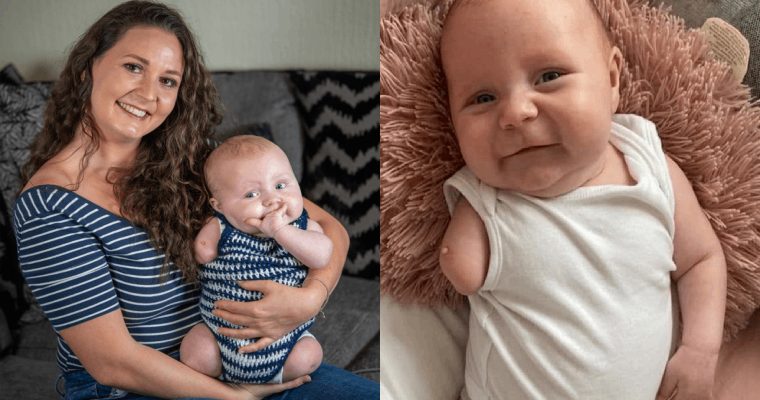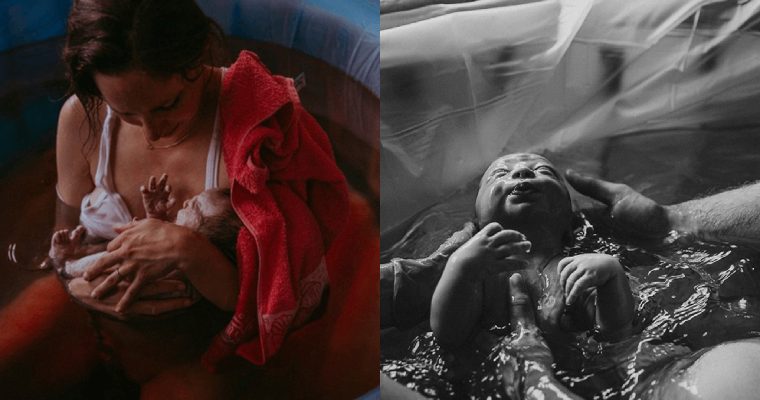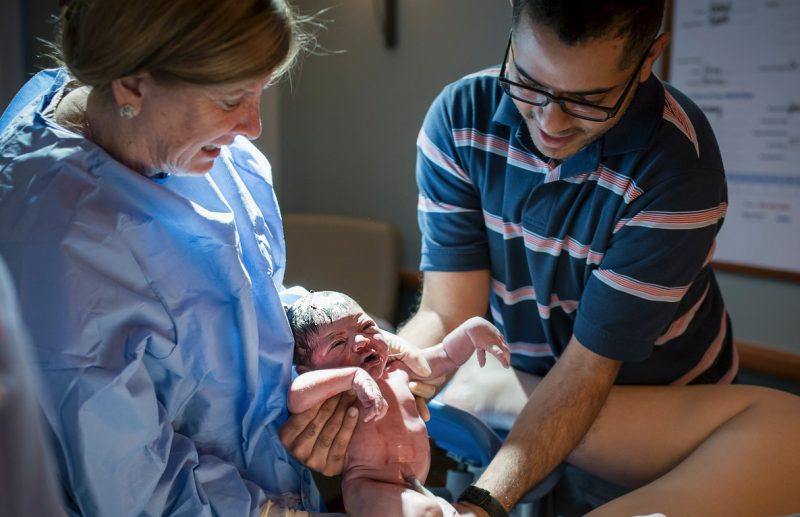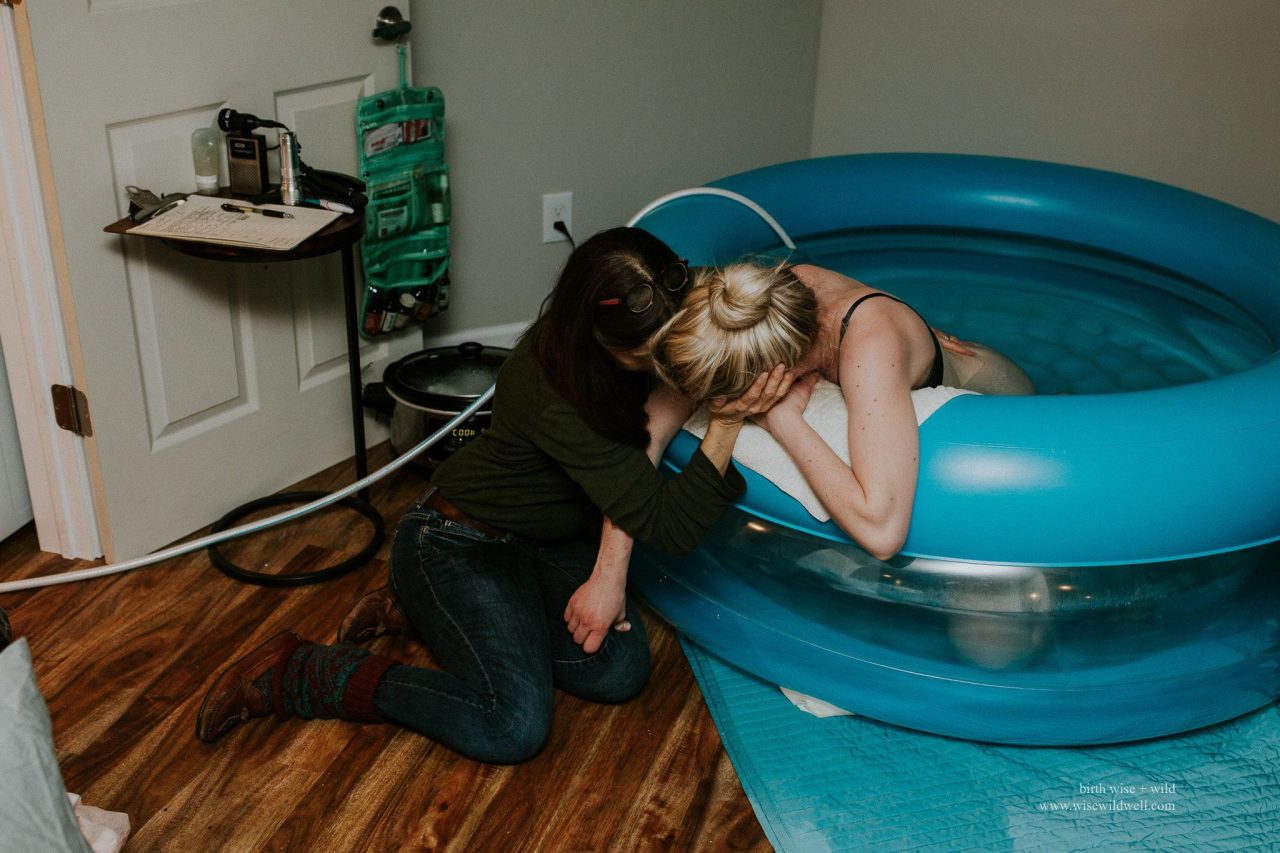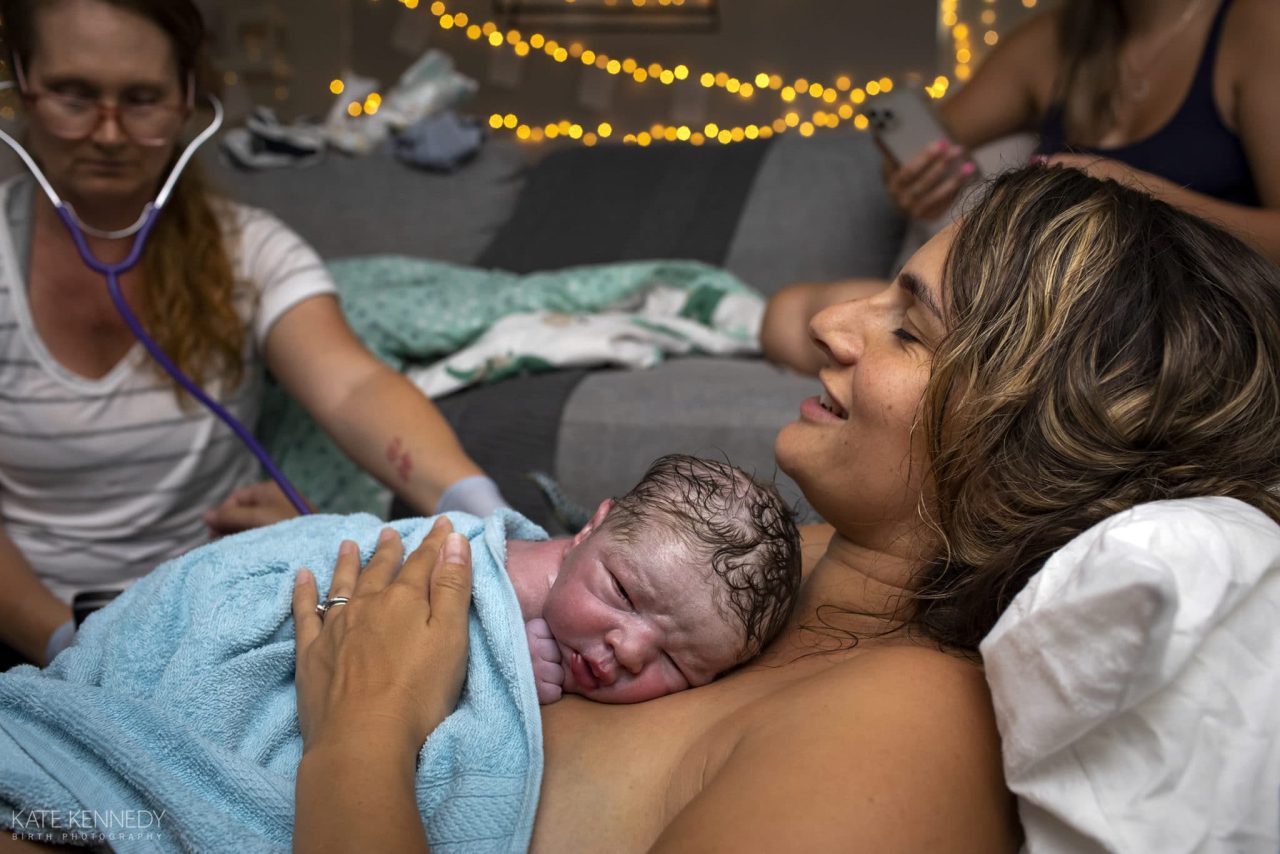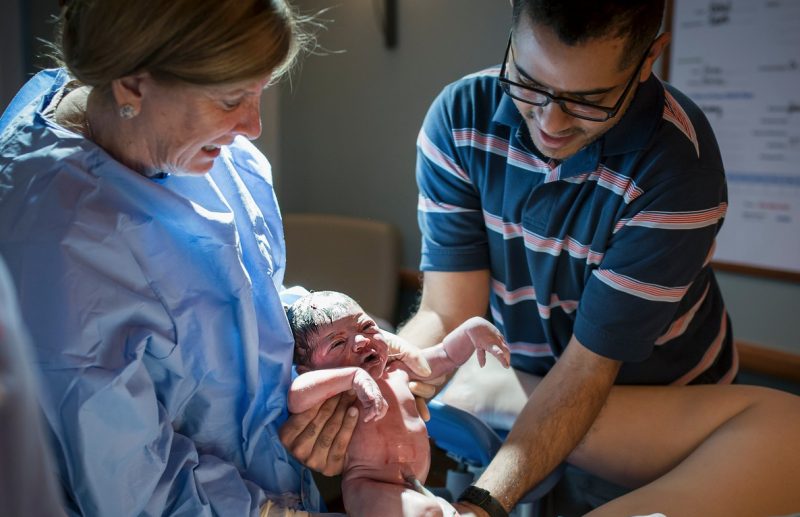Dayna Childress, 28, from the US state of Ohio, and her husband Colby, 27, were excited to try for their first child in 2015 and were overjoyed to discover that after just a month of trying to conceive, Dayna was pregnant.
Photo credits: Dayna Childress
The pregnancy went well and the couple’s first son, Lincoln, was born in December 2015. When Lincoln was nine-months-old, Dayna and Colby decided to try for another child because they wanted Lincoln to have a sibling close in age.
After six months of struggling to conceive, Dayna started to fear she wouldn’t be able to get pregnant. Following seven months of trying, she had a positive pregnancy test.
Photo credits: Dayna Childress
“I always had a gut feeling I’d have trouble conceiving, so when I was 22 I did an egg donation to confirm or deny that before I was ready to have my own,” said Dayna.
Photo credits: Dayna Childress
“I was told I was very fertile and I donated around 20 eggs for each donation and knew that everything was normal.
Photo credits: Dayna Childress
“Colby and I started trying in 2015 and got pregnant immediately, so my fears weren’t real as I had proven myself fertile. The pregnancy was uneventful and very healthy.”
Photo credits: Dayna Childress
During her second pregnancy, Dayna was nauseous but at five weeks gestation the sickness stopped, and a week later, tests confirmed that Dayna had miscarried.
Dayna was in disbelief when the miscarriage was confirmed, but four weeks later, she got pregnant again, but she miscarried at roughly four weeks.
Photo credits: Dayna Childress
Dayna panicked that she wouldn’t be able to carry to term again, so she saw four gynecologists to investigate what was happening, but no fertility problems were found.
“I was happy there were no issues found but also stressed because if they couldn’t find anything wrong, how could they help the problem before I miscarried again?” she said.
Photo credits: Dayna Childress
A specialist diagnosed Dayna with unexplained recurrent miscarriages, and she started using fertility drugs, Clomid and Follistim.
The couple used fertility treatments for a year and fell pregnant again, but the egg implanted when Dayna’s body was already preparing for a period, so it was too late and the pregnancy didn’t stick.
Photo credits: Dayna Childress
In 2018, a fertility doctor warned Dayna and Colby not to try conceiving during the month when she produced six eggs because there was a chance of multiples.
Wonderfully, the couple found out they were growing from a family of three to a family of seven during an ultrasound scan at five weeks when four sacs were visible.
Photo credits: Dayna Childress
“I produced six mature eggs, but my doctor advised against trying that month since Follistim has a thirty percent chance of multiples.
“My husband and I decided to try anyway since every cycle before, I had four eggs and only conceived once.”
Photo credits: Dayna Childress
At five weeks, an ultrasound revealed the couple was expecting quadruplets, and Otto, Willow, Simon, and Willis were born on June 29, 2019, at 28 weeks and six days.
“The first ultrasound showed four sacs, but we could only see two babies with beating hearts, so I thought it would only be twins at the most, so I was delighted about that but even happier about quads,” Dayna said.
Photo credits: Dayna Childress
“When people find out what we went through, they’ve opened up about their own troubles.
“You don’t realize how common infertility is because everyone keeps it a secret, it’s like we’re all too ashamed to talk about it, but that was what helped me get through it.”



